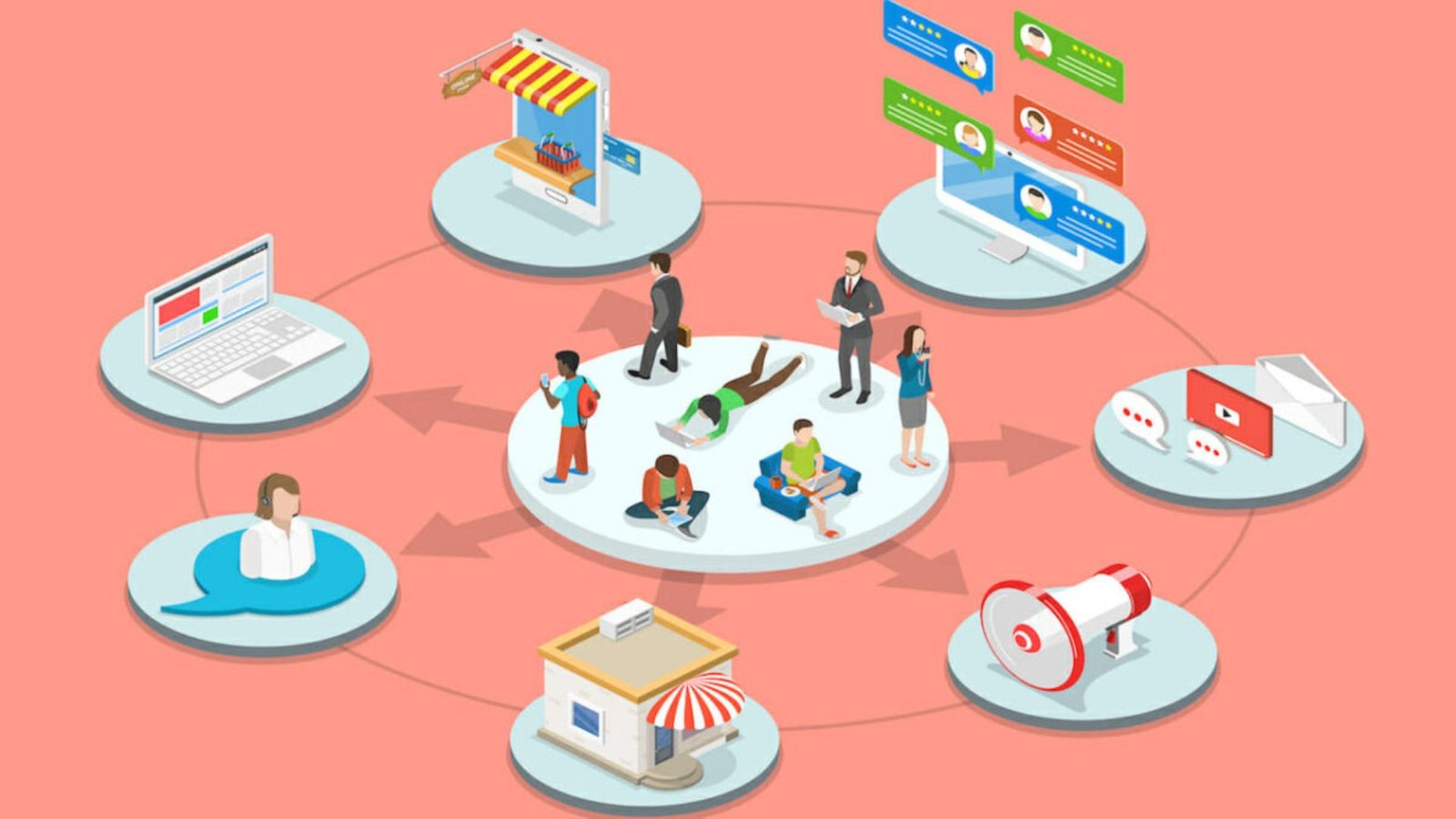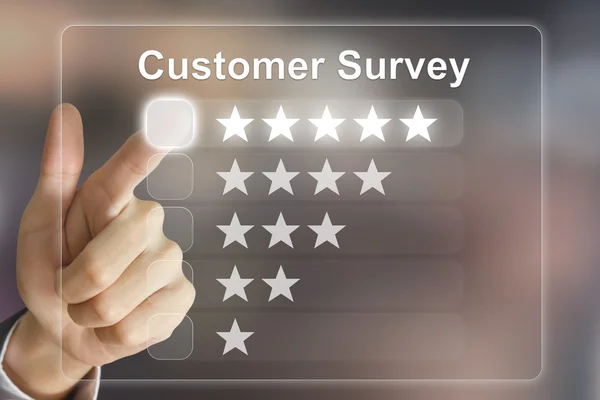Omnichannel marketing is about providing a consistent and integrated experience across all customer touchpoints. From websites and email to social media, in-store visits, and mobile apps, every interaction should feel connected. Brands that master omnichannel marketing increase customer satisfaction, loyalty, and revenue.

Understand Your Customer Journey
The first step in omnichannel marketing is mapping your customer journey. Identify all the touchpoints where customers interact with your brand—from discovering your product to making a purchase and seeking support. Understanding the journey helps you design messages, offers, and content that feel consistent and personalized across all channels.
Align Messaging Across Channels
Consistency is key in omnichannel marketing. Your brand voice, visual identity, and core messages should remain the same on social media, email, your website, and in-store. When customers receive a cohesive experience, they build trust and are more likely to engage with your brand.
Use Data to Personalize Experiences
Omnichannel marketing thrives on personalization. Use customer data from CRM systems, website analytics, and social media insights to tailor messages and offers. Personalized emails, product recommendations, and targeted ads create relevant experiences that increase engagement and conversions.
Integrate Online and Offline Channels
A seamless experience bridges digital and physical interactions. For example, customers might browse online, visit your store, and complete a purchase via a mobile app. Offer features like “buy online, pick up in-store” and loyalty programs that reward actions across channels. Integration ensures a smooth, frictionless experience.
Leverage Automation Tools
Marketing automation tools help deliver consistent messages across multiple channels. Platforms like HubSpot, Salesforce, and Klaviyo allow you to schedule emails, push notifications, and social media posts, all while tracking customer interactions. Automation ensures timely, relevant communication without overwhelming your team.
Encourage Cross-Channel Engagement
Encourage customers to engage with your brand on multiple channels. Promote social media accounts in email campaigns, use QR codes in-store to access online content, or provide app-exclusive deals. Cross-channel engagement strengthens brand recall and encourages repeat interactions.
Monitor Performance Across Channels
Tracking performance is essential for an effective omnichannel strategy. Monitor metrics such as website traffic, social media engagement, email open rates, and in-store sales. Use this data to identify gaps, optimize campaigns, and deliver an even more seamless experience.
Adapt and Iterate
Customer expectations change constantly, so your omnichannel strategy should evolve too. Test new ideas, analyze results, and adjust campaigns regularly. Brands that adapt quickly maintain relevance and consistently deliver experiences that delight customers.
Benefits of Omnichannel Marketing
Implementing omnichannel marketing brings measurable benefits:
-
Higher customer satisfaction and loyalty
-
Increased engagement and repeat purchases
-
Better data collection and insights
-
Stronger brand reputation and trust
These benefits translate into long-term growth and profitability.
Conclusion
Omnichannel marketing is more than a buzzword—it’s a strategy that connects every interaction a customer has with your brand. By mapping the customer journey, aligning messaging, using data for personalization, integrating online and offline channels, leveraging automation, and monitoring performance, businesses can create seamless experiences that boost engagement, loyalty, and sales. A well-executed omnichannel strategy ensures your customers feel understood and valued at every touchpoint.











